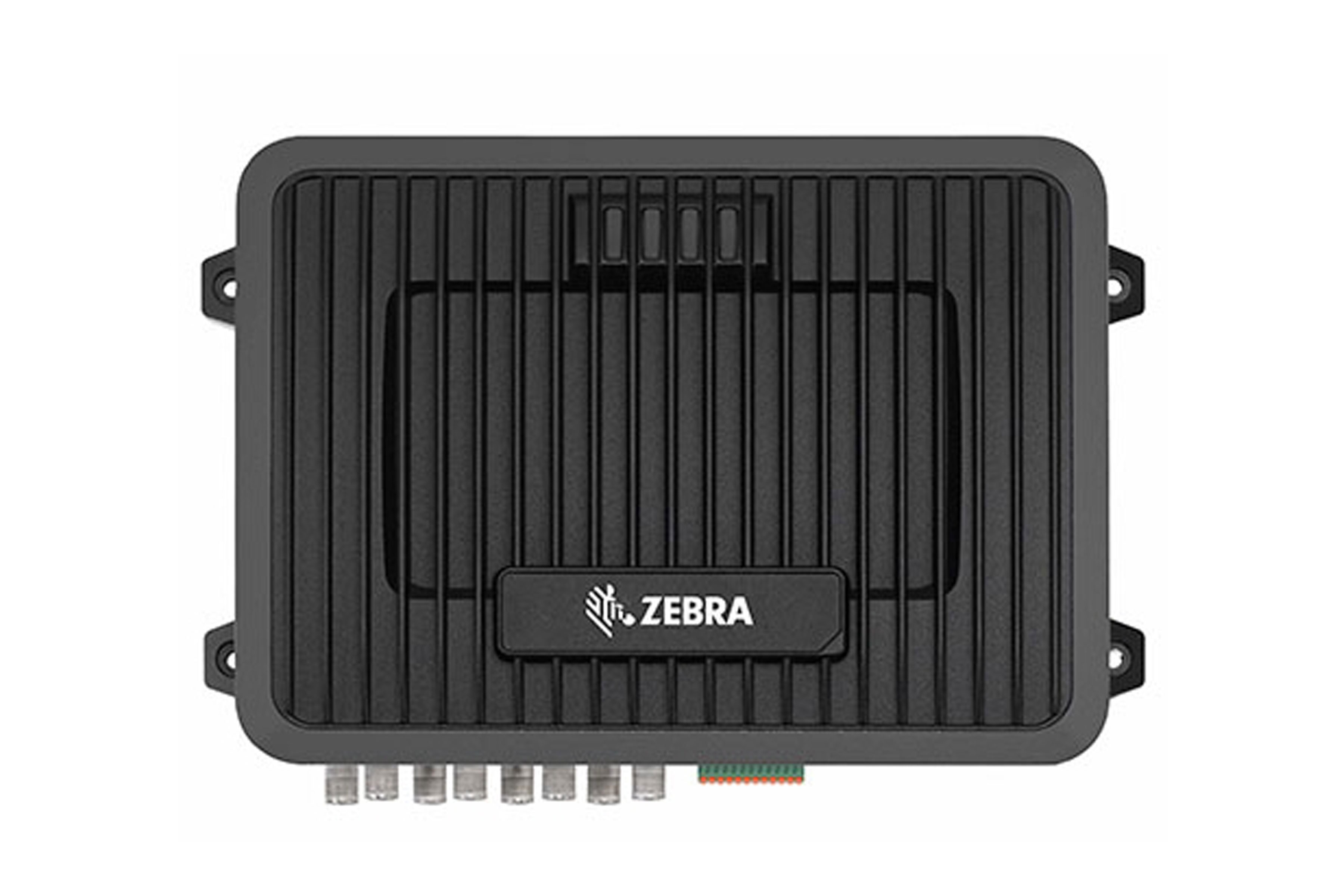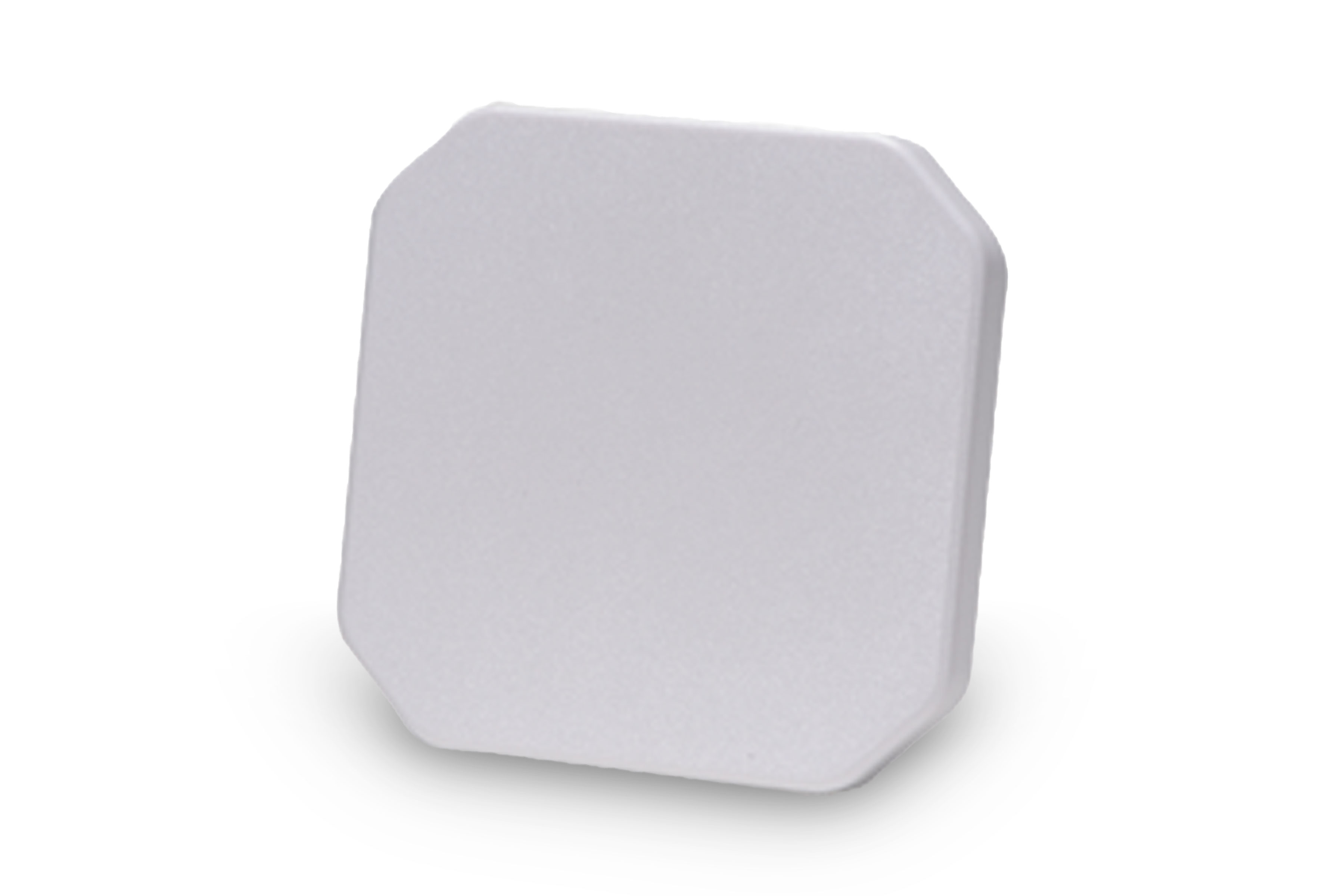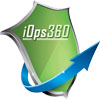
Inventory and equipment tracking takes hours each month and is prone to errors due to a variety of reasons. Depending on the size of your agency, inventory counts can take hours to perform each month and is often prone to errors. Radio frequency identification (RFID) allows for almost instant vehicle checks and inventory counts by using special tags and a reader. Readers can be hand held and triggered when needed or mounted to your vehicles and stock rooms for constant monitoring. This allows you to know when each unique tag was last present, when and where. This will help ensure accurate inventory counts, alert when equipment is missing, reduce staffing hours counting items, and reduce over-under ordering.

How does RFID work
Readers can be handheld and communicate with your iOps360 app or fixed mounted to the vehicle/inventory room. Hand held readers allow one device to quickly scan items as you move through out the vehicle or stock room. Fixed readers are mounted into the vehicle or inventory location and monitor the tags 24/7. One benefit of fixed readers is that you can trigger a scan when the vehicle begins moving to ensure all equipment is present and not left on scene. Tags can be placed on an equipment or inventory items to monitor these items real time.
Reader types
Readers can be either handheld or fixed mounted. Handheld readers contain an android device and the hardware to read the tags. Fixed readers can be mounted to any inventory location and inside each vehicle.
Hand held readers

Handheld readers are specialized Android devices are designed to work with the iOps360 app. Selecting the mode such as a Vehicle Scan or Inventory Location Scan tells the app what tags should be present and indicates any missing tags. You can customize the power level and use other features such as the tag locator to find missing items. One benefit to hand held readers is that one device can be used for multiple vehicles and inventory rooms. Hand held readers vary in price depending on your specific needs and cost between $950 and $1200 each.
Fixed readers

Readers can also be mounted in inventory stock locations and apparatus to have real time inventory control with no user interaction. Readers can have 1 to 16 antennas and communicate with Ethernet or WIFI connections. Each antenna can be a different inventory location in iOps360 or be combined for better coverage. We have many different antenna types depending on your needs from flat shelf antennas, low gain antennas and longer range locations. Be sure to confirm which fixed readers come with power cables and general purpose input/outputs (GPIO). GPIO allows your fixed readers to attach to an input or switch (such as a door to trigger a scan) and outputs (such as a light to indicate required items are missing). We can provide a red/yellow/green light tower to show operational readiness by indicating red when a required item is missing and will attach to the GPIO terminals. Fixed readers can have several triggers such as a manual trigger, time based, opening/closing of doors and when the GPS begins moving. GPS is the preferred method for vehicles while time based is recommended for stock rooms. Several options are available for the fixed readers and vary between $1500-1800 each depending on the number of antenna ports, GPS capabilities, and power supply type.
Fixed reader hardware
Antenna types (fixed readers only)

For apparatus/units we recommend a 4 port fixed reader to maximize coverage along with (2) 9db straight antennas and 2 mounted circular antennas. Antennas will also need cables with a reverse polarity TNC Male to Type N Male. Straight antennas cost about $15 while mounted circular antennas cost $50-$200 depending on the range needed. Shelf readers are flat antennas that can be mounted directly below a shelf to read items spaced close together.
RFID tag types

Tags come in many different types depending on your needs. For assets and equipment, higher quality tags should be used since these will need to be cleaned/sanitized and will stay with the equipment for many years. Special Anti-metal tags are used to help with reading tags when placed in a metal object since radio waves can be impacted by the metal. For one time use items such as medical supplies, cheap tags allows for optimal cost effectiveness. These tags come in two formats, wet inlay (aka clear/no label) are cheaper and paper tags which allows for printing. PET (petroleum) tags are a special paper tags which is more robust and resist smearing/damage. The average tag for inventory supplies costs $0.10 a piece with cheaper options depending on range, size, and quantity needed.
- Zip Tie tags are great for your jump bag and any non-rigid items
- Equipment tags are specialized tags made for direct mounting to devices using the included 3M adhesive or bolts as needed
- Inventory tags are designed to be used on medical supplies
There are many types of tags and our team will help you decide on the most cost effective solution to provide the best read range at the best price.
RFID Range
The range of the tags is a biproduct of many factors including your environment, tag density, proximity to the antenna, tag type (antenna and chip), reader quality, and antenna quality. We have selected high quality readers and antennas so we can utilize cheaper tags and reduce cost long term.
Monthly Service License
iOps360 servers will be recording your scans along with user information, date time, location and more. The monthly service cost depends on the number of tags we are tracking and the frequency you will typically be doing scans. Normal implementations will typically cost $10/month for every 1,000 tags tracked.
RFID Vehicle Templates
The vehicle templates are similar to your vehicle check off. In fact, you can quickly create a RFID vehicle template from your vehicle check. This will define what items are needed in a scan and what the minimum status is of each item (ie EKG Monitor must be green but a suction unit could be green or yellow).
Implementation
We want you to have a successful implementation and will be present on site for training. This includes evaluation of the most cost effective tags for your needs, placement strategies, scanning best practices and more.
Frequently asked questions
1.) Is RFID worth the cost?
There is a certain cost to the initial hardware needed, tags, and training. iOps360 is committed to providing the best balance of cost and efficiency for your agency. Optimal hardware and tags will ensure more accurate scans. However, placing an RFID tag on an item that the tag costs more than the item is an interesting situation. We are currently evaluating many different types of tags to provide you with several choices for tag type, read range and cost effectiveness. Several steps will be needed depending on what items you want to track. The current items will need to be tagged and registered with iOps360. New equipment and inventory items will also be received into iOps360. Once done, staff can quickly perform scans using the handheld reader or automatically with the fixed readers. Your cost savings will be created by increased accuracy of inventory supplies, equipment tracking and reporting of missing items, reduced labor hours for inventory quantity checks and increased compliance with state requirements. Staff satisfaction is also another component of this equation.
2.) What’s the most cost effective way to implement RFID?
There are several ways to answer this. The hand held readers allow one reader to scan several apparatus as well as inventory stock rooms. However staff will still need to do a scan periodically (i.e. each shift). This process will take only a few seconds depending on the placement of the items. Hand held readers can handle 300-500 tags per second.
For a fully automated approach, high quality fixed readers and several antennas allow for continuous monitoring of equipment and inventory. Fixed readers can also be integrated with Sierra Wireless routers to trigger a scan anytime the vehicle starts moving or the door to your narcotics is opened.
3.) What items will I need for a fixed reader in a vehicle?
You will need the fixed reader and power adapter. For each antenna port, you will need a RP-TNC male to Type-N male cable and antenna. For a four port configuration, that is 4 cables and 4 antennas. You will also need an Ethernet cable from the RFID fixed reader to your router. An optional USB WiFi dongle is available also.
4.) How do I configure the fixed reader?
The reader can be configured by iOps360 and then shipped to you. We can also provide the optional setup instruction to you for self installation.
5.) How does the hand held reader work?
Hand held readers use the iOps360 app and your devices Internet connection to add and scan tags. Simply click on the RFID module in the iOps360 app and select which action you would like to perform. (Vehicle scan, Inventory Location scan, General inquiry, Tag finder and more).
6.) How many hand held readers do I need?
Hand held readers have a couple benefits and are our preferred choice over fixed readers since one reader can be used for multiple vehicles and inventory locations. If your main stock room is at Station 1 and you have two trucks there, one reader could easily be shared each morning to do the necessary scans. We recommend one reader per location and one backup in case the reader is damaged. We keep several extras on hand too.
7.) Do I have to use the recommended hardware above?
You can pick any hardware you like. However our team has personally tested the recommended hardware above to ensure operational standards are met. Tags must be purchased through iOps360 for correct encoding. We buy our tags in bulk and should be able to offer the best price. If not, please let us know!
8.) Can I test it out?
Yes, you are able to test out the system. Contact an member of the iOps360 sales team for specific details.
9.) How do I add items/tags?
Using a hand held reader and the iOps360 app, adjust the power level to the lowest setting that scans the correct tags (Usually 3%). Next, identity the item and equipment or inventory and click save. Lot numbers and expiration dates can also be added.
10.) Can I track narcotics with RFID?
Yes, that feature will be coming soon. You can use the RFID system to track it today, however narcotics tracking needs specialized controls which we are currently designing.
11.) What are the draw backs with RFID?
Any RFID tags will have two logistics to consider. Water and metal absorb the RFID frequency. Once the tag is energized by the reader, the tag will transmit its information back to the reader. Water and metal will absorb this return transmission and reduce your readability. We have special foam tags for fluids and metal equipment to ensure a minimum spacing from the water/metal to correct this situation.
Another aspect is complacency. If each item is tagged correctly, we can ensure that all items are accounted for and inform you of the items missing. We recommend that crew members still verify dates and equipment readiness since items could be tagged incorrectly, misplaced in the vehicle etc. RFID does not replace the legal responsibilities of the crew member to ensure operational compliance.
12.) What is the best part of RFID?
Vehicle checks can take a fraction of a second to scan hundreds of items accurately. Counting items in your stock room used to take days, now takes 30 seconds. Awesome!
Feel free to contact any iOps360 team member to learn more and see if RFID is a great fit for your agency
